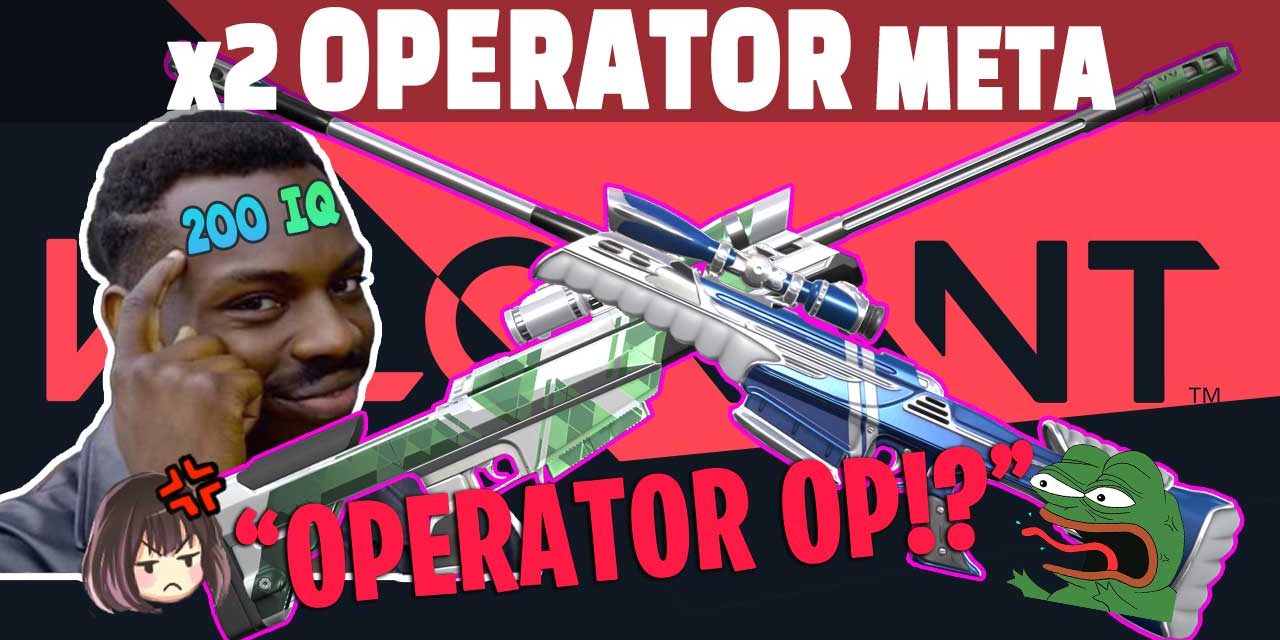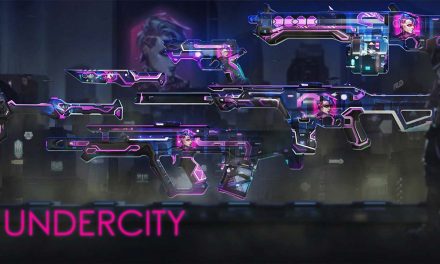- Teams begin to utilise double-op, as the game’s meta begins to develop.
- Is the Op OP?
- Should the Op be nerfed?
- TLDR: The issues with the operator relate more to imbalances in the game and issues with map design and utility. Fix the cause, not the symptom.
With the game in its infancy and the pro-scene barely born (some might say prematurely), it’s far too early for any serious meta development. With that said, we seem to be seeing two strats emerging: playing retake and the double Op.
While the focus of this article is the double-op, it’s still interesting to note that both of these play-styles come straight out of Counterstike. While it might be tempting to assume that this is a consequence of so many CS-pro’s switching over to Valorant, it’s more likely that the strats are responding to similar forces in the underlying structure of the game — though the presence of so many ex-CS players might explain the early adoption.
The problem with the Operator is that counters are few and far between, meaning that it’s very easy to get unanswered kills, which has now led to the double-op meta being a standard.
In fact, a lot of players are now starting to see this system as an absolute necessity, as D00mbr0s (Coach of FABRIKEN) pointed out in a recent interview. Stating that the double Op is now becoming a standard, he went on to say that teams are now seeing it as ‘a win condition’, with his concluding remark being ‘it’s a bit broken’.
So, is the Valorant Operator OP?
The CS analogy remains strong with complaints that the Operator was OP present since the earliest days of the game, but this is where it ends. The strength of the Operator is more a matter of the weakness of offence in the game generally, with a distinct absence of the kinds of utility that enabled an easy take down of the awp in CS. Every player had a smoke, two flashes and potentially a molly, meaning that angles could be cleared and snipers pushed out of position for half a round or more if the circumstances called for it. The second factor is that jiggle-peeking can’t be utilised it the same way.
Now, these potential responses just aren’t there in Valorant at the moment, which is why I’m suggesting that the problem isn’t so much a matter of the operator being too strong, but other elements of the game being out of balance: map design, map timings from spawn and utilities.
But I’m also not suggesting that Valorant should simply try to be CS emulator on 128-tick servers. It isn’t unreasonable to think that CS became too utility heavy in its later metas, with retakes often not even being attempted. The sheer dominance of Astralis likely finds an explanation in this. At the same time, it’s becoming quite clear that utilities need some development.
Should the Operator be Nerfed?
Well, you can probably guess my answer here and it’s a no. You can’t make up for overall game imbalances by messing about with a weapon that’s working as intended — treating a symptom instead of the disease. And that also counts for limiting the number of operators in a match or increasing the price. The Op has the impact it has because of the imbalances present in the map design, timings and the utility capacities of the agents. These need to be remedied and they’ll make Valorant a better game, and one that’s more enjoyable for the players.
It would also be a bad sign from the Dev team if they start changing weapons or limiting choices. There’s nothing more annoying than mastering a weapon only to have it change suddenly, rendering your previous efforts useless. So no Op nerf please. Let’s be patient and give the dev team some time to think about overall game balance.










